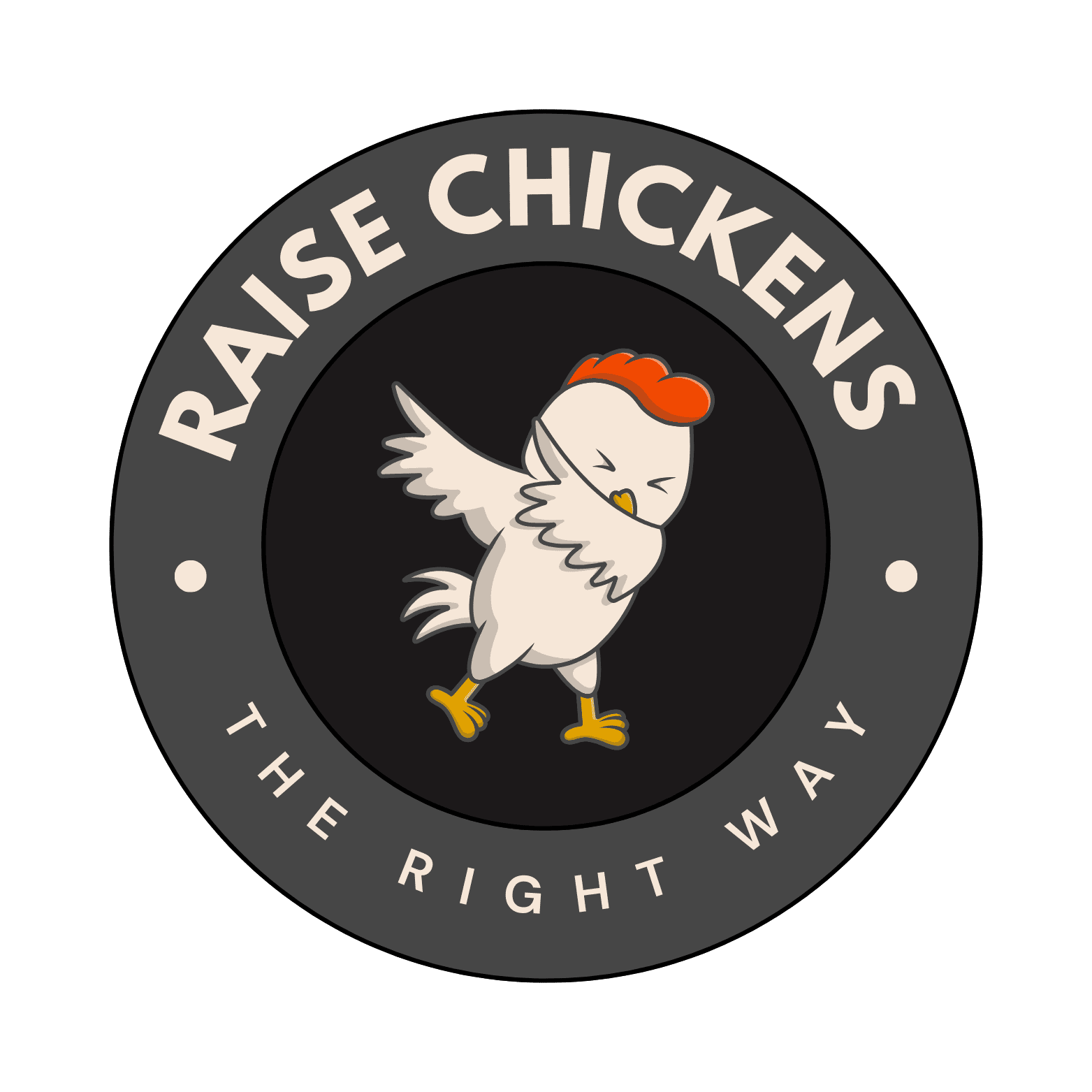My Experience Dealing with Chlamydiosis in Chickens: What Every Farmer Should Know
After spending over two decades raising chickens on my family farm, I’ve encountered my fair share of health challenges. But there’s one disease that always keeps me on my toes – Chlamydiosis. Today, I want to share everything I’ve learned about this tricky bacterial infection, also known as Psittacosis or “parrot fever” (though it affects way more than just parrots!).
Understanding Chlamydiosis: My First Encounter
I’ll never forget the first time I dealt with Chlamydiosis in my flock. It started with just one chicken showing unusual symptoms, and within days, several others were affected. What makes this disease particularly challenging is how it can spread like wildfire through your flock if you’re not careful.
Spotting the Warning Signs
From my experience, here are the key symptoms you need to watch out for:
The Silent Spreader: How It Transmits
What I’ve learned is that Chlamydiosis is incredibly sneaky. It spreads through respiratory droplets and dried droppings that become airborne. I’ve seen perfectly healthy chickens catch it just from being in the same coop as infected birds. That’s why isolation is crucial at the first sign of symptoms.
Treatment: What’s Worked for Me
Over the years, I’ve worked closely with my veterinarian to develop an effective treatment protocol. Tetracycline antibiotics have been my go-to solution, but here’s the complete approach I take:
The Human Risk Factor: Why You Should Care
Here’s something that really keeps me up at night – Chlamydiosis isn’t just a chicken problem. It’s zoonotic, meaning it can spread to humans. I always make sure to wear proper protection (mask, gloves, and dedicated clothing) when handling infected birds. Trust me, you don’t want to catch this yourself!
Prevention: My Top Tips
After dealing with several outbreaks, I’ve developed a solid prevention strategy. It starts with maintaining clean, well-ventilated coops and implementing strict quarantine procedures for new birds. I can’t stress enough how important it is to keep your flock’s living space clean and dry.
The Recovery Process
I’ve found that recovery can take anywhere from 2-6 weeks, even with proper treatment. During this time, I focus on providing extra nutritional support and reducing stress levels in my flock. It’s amazing how much faster birds recover when they’re well-fed and comfortable.
Long-term Management Strategies
Managing Chlamydiosis isn’t just about treating outbreaks – it’s about creating an environment where the disease is less likely to take hold. I’ve invested in proper ventilation systems, maintain lower bird densities, and regularly test new additions to my flock. These measures have significantly reduced disease occurrence in my farm.
The Economic Impact
Let’s talk numbers – Chlamydiosis can be devastating to your pocket. Between treatment costs, lost productivity, and potential flock losses, I’ve seen this disease wreak havoc on
